Simon Lucas Score Pad – Game Birds
£4.95
MULTIBUY OFFER: Buy 4 score pads, save £1.20!
Buy any 4 score pads across our country living range displaying the same multibuy offer.
- 1 Pad of 50 Double-Sided Score Cards: Choose Rubber, Chicago or Plain Paper
- In a Pad for your Convenience, Keeping the Score Cards Neat and Tidy
- Good Quality Card
- Bumper Size – 100 Games per Pad
- Plain paper, perfect for Whist, Scrabble or shopping lists
Description
Bridge Score Pad – Game Birds
The Simon Lucas Bridge Score Pad – Game Birds – is a very smart score pad. Containing 50 double-sided score cards choose between rubber, chicago, or plain paper for scoring games like whist, doppelkopf or scrabble. Firstly, we print our score cards on quality card. Then we make them into a pad with a back board to lean on and cover to keep them clean. A pad keeps the score cards neat and tidy. Furthermore, the score sheets don’t get tatty as they aren’t loose.
A top British Ceramics Artist painted the wonderful watercolour of Game Birds exclusively for us. In addition, we have printed the beautiful cover with gold ink making it exceptionally special. Along with the rest of our Countryside range, these pads are highly desirable and collectible. They look good in any combination on your bridge table!
The score cards are made from quality card so you can either give each player their own pad or a single score card. Alternatively you can put the score cards into our score card holders. Moreover, each bridge score pad – Game Birds – contains 50 double-sided score cards, which is 100 games per pad.
The score cards measure approximately W8.2 x L19.4cm.
British Game Birds
There are many species of Game Birds in the UK, but perhaps best known is the pheasant. The history of the pheasant has its origins over 2000 years ago. Just when the history of the pheasant started, and how pheasants arrived in Britain, is a matter of considerable debate. When did the history of the pheasant in Britain begin? Phoenician traders, coming from what is now called Lebanon, have been mentioned. The most widely touted and perhaps most plausible theory is that pheasants were imported to these shores – and to France – by Roman officers who bred them for the table (the bird having been brought to southern Europe from Asia, possibly with Greek assistance).
As far as post-Romano Albion is concerned, the first documentary evidence of the pheasant’s existence, a starting point for the history of the pheasant, is an order of King Harold who offered the canons of Waltham Abbey a “commons” pheasant as an alternative to a brace of partridges as a specific privilege of their office in 1059. A record exists relating to the monks of Rochester who, in 1089, received from Bishop Randulfus 16 pheasants, 30 geese, 300 hens, 1,000 lampreys, 1,000 eggs, four salmon and six sheaves of wheat.
Many thanks to The Field for this interesting information.
Related products
-
Simon Lucas Rubber Bridge Score Pad
- Rated 5.00 out of 5
- £3.95
 GENUINE BRITISH MADE PRODUCTS | WORLDWIDE SHIPPING
GENUINE BRITISH MADE PRODUCTS | WORLDWIDE SHIPPING
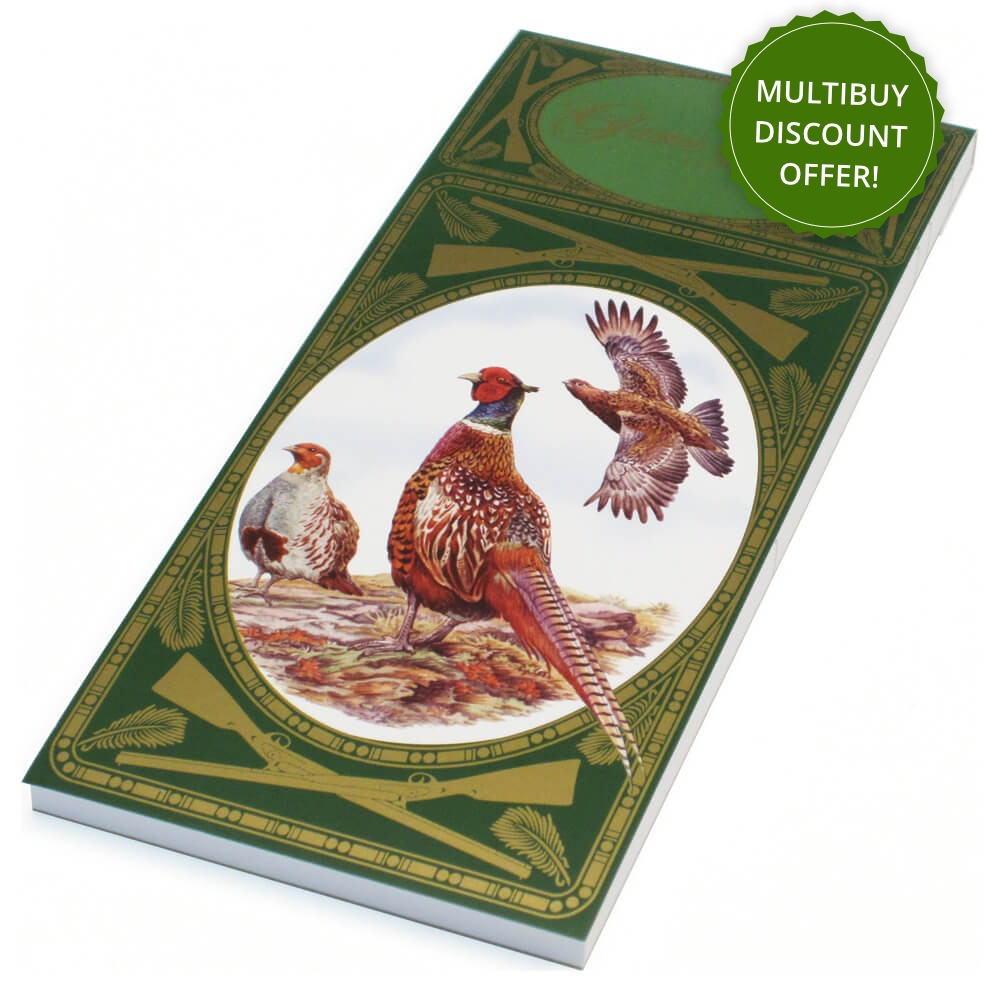
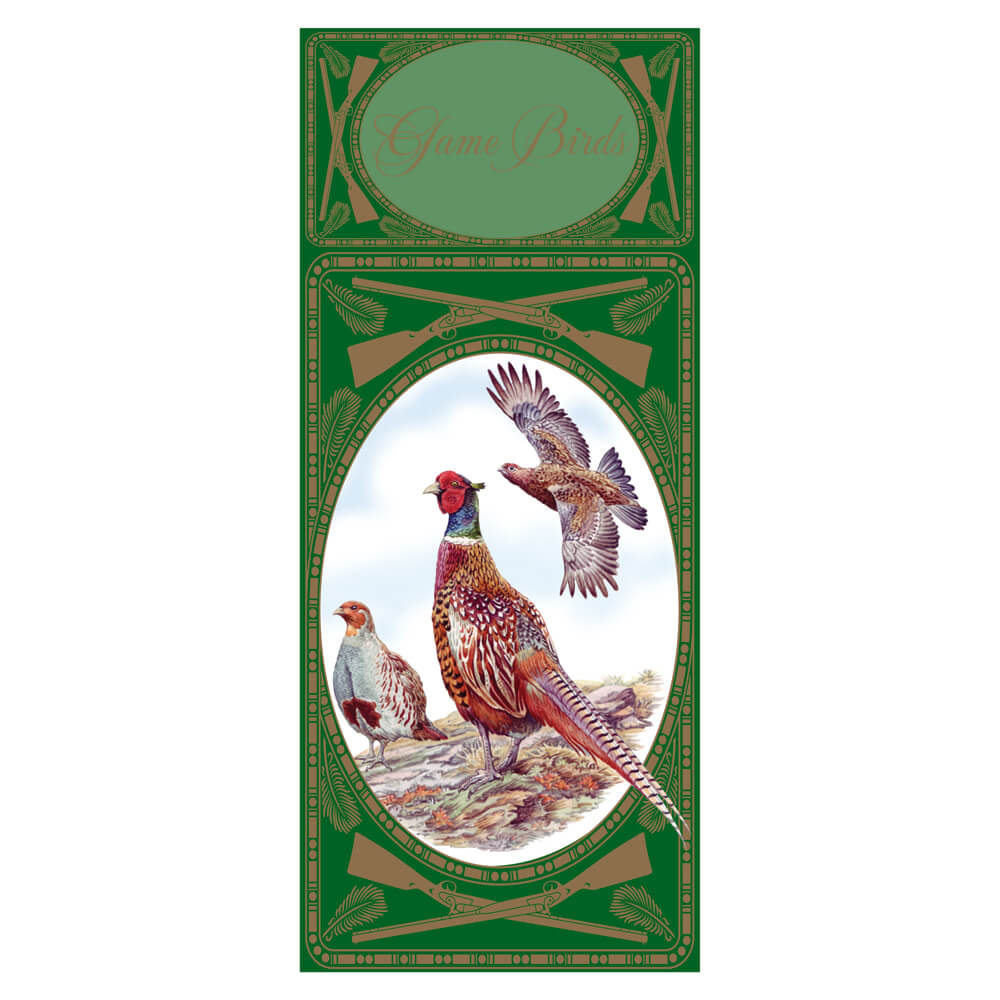
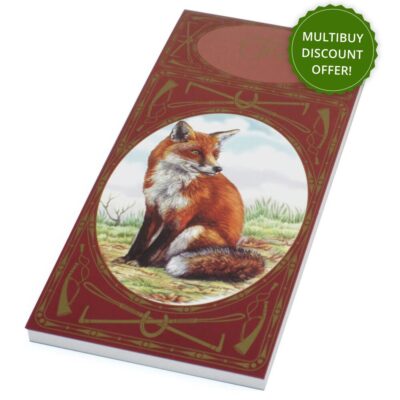
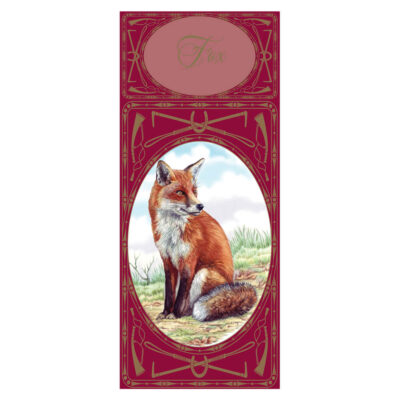
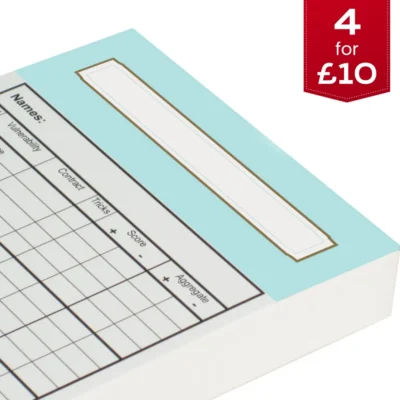
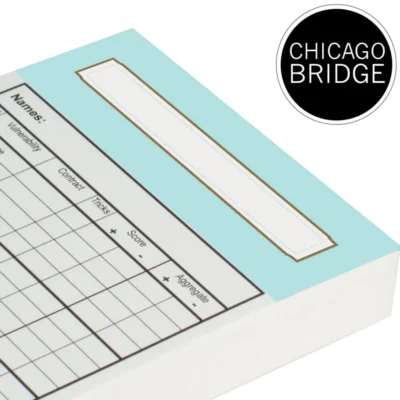
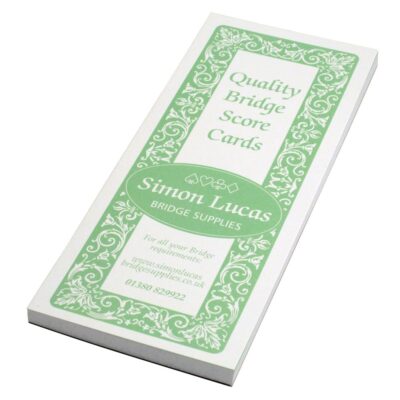
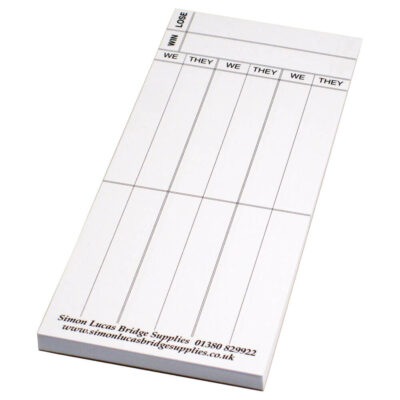
Reviews
There are no reviews yet.